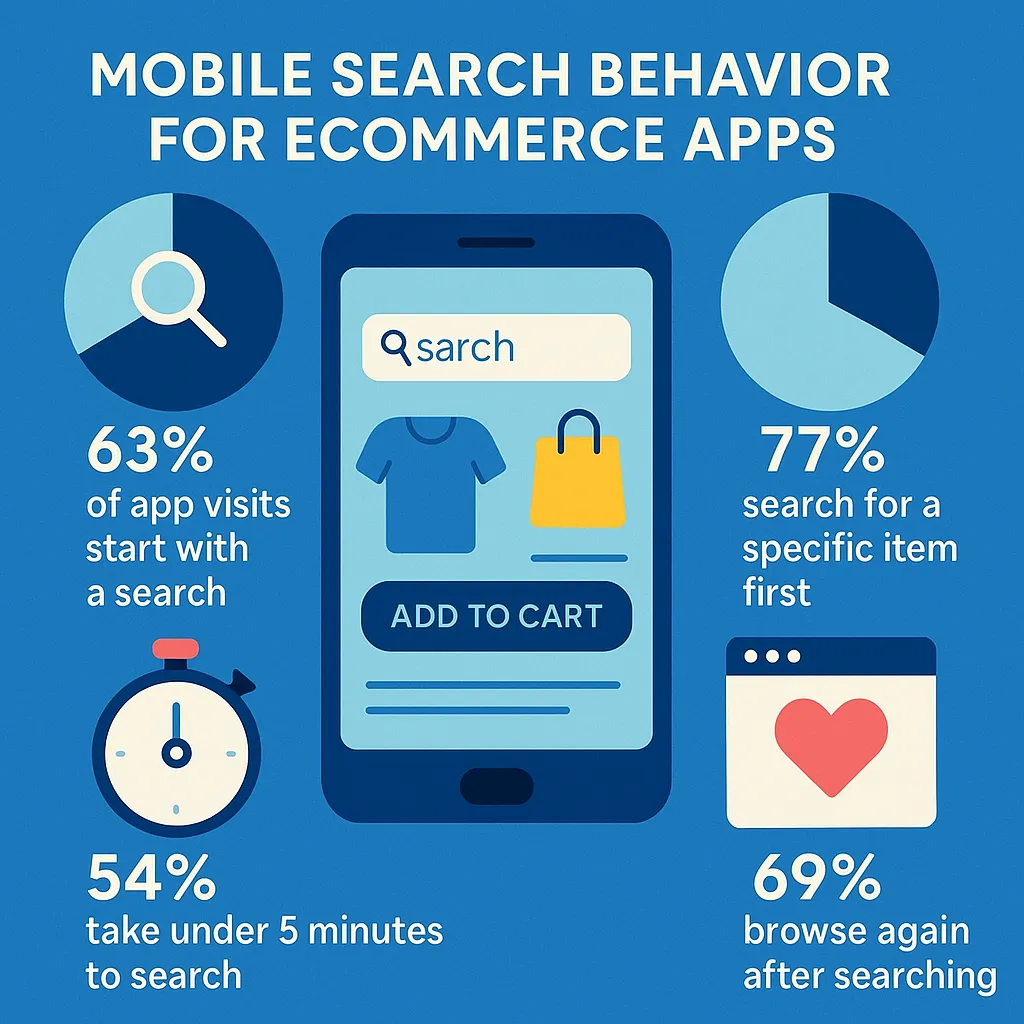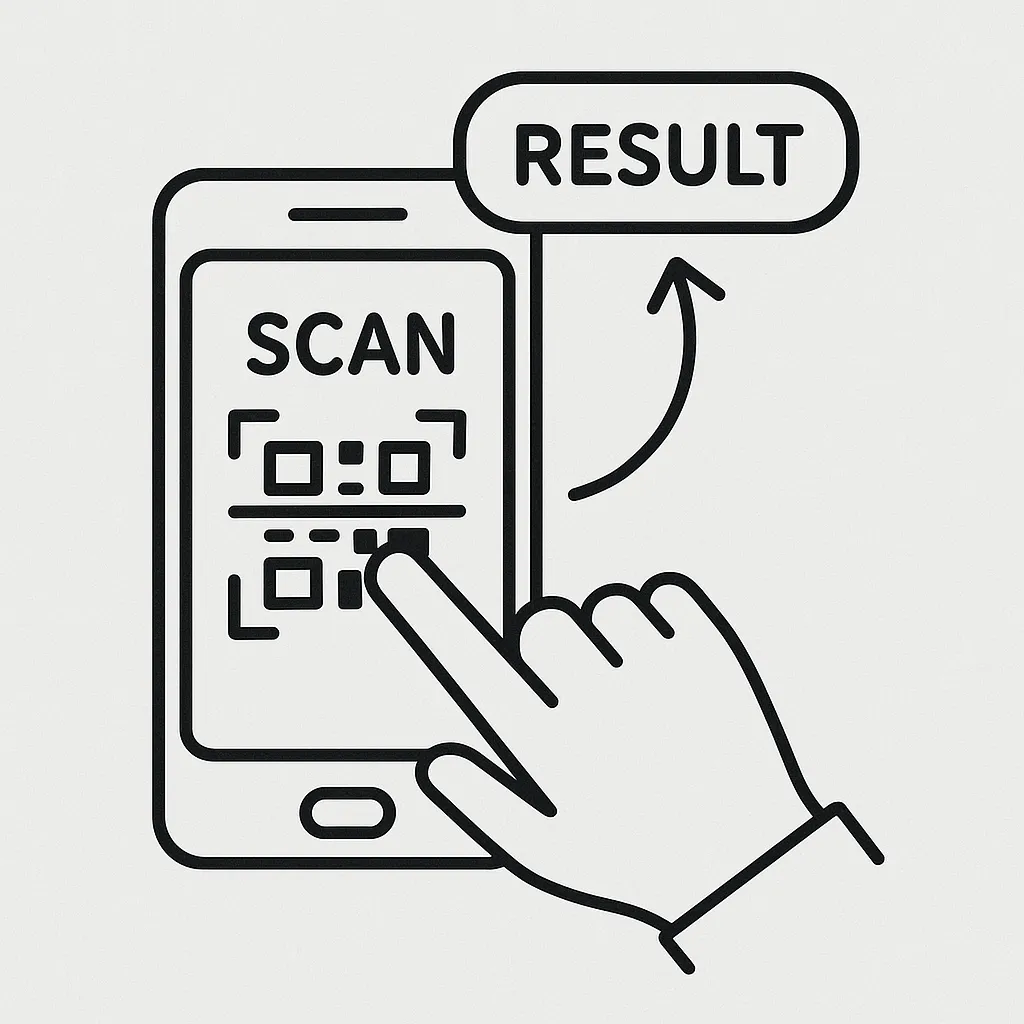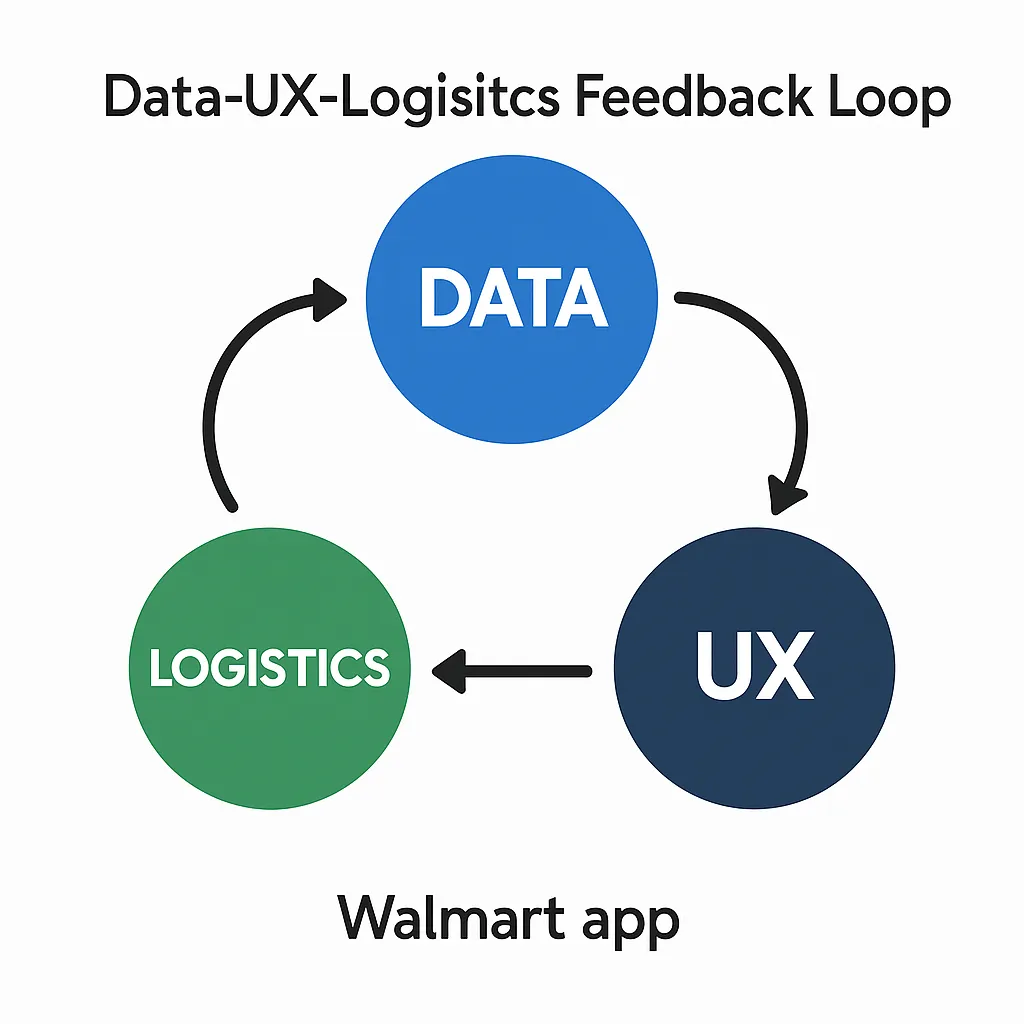Ever found yourself standing in a Walmart aisle at midnight, comparing prices, scanning barcodes, and checking online reviews—all from your smartphone? You’re not alone. Millions of people use Walmart’s mobile app not just to shop but to strategize their entire shopping experience. It’s not just a digital shelf; it’s a retail battlefield where smart UX, powerful backend logistics, and sneaky-good personalization come into play.
Now, if you’re an entrepreneur, startup founder, or digital visionary, there’s a good chance you’re eyeing that same goldmine. A Walmart clone doesn’t just sell stuff. It integrates shopping, delivery, store navigation, price comparison, product discovery, and real-time inventory—into a seamless customer journey. It’s like having your own retail genie, tucked inside a pocket.
So whether you’re building a hyperlocal grocery app, an online mega-store, or a D2C aggregator, decoding Walmart’s feature playbook is the smartest place to start. And yes, if you’re wondering who can help you clone that magic—the answer lies with Miracuves. Let’s break it down.
Read more: What is the Walmart App and How Does It Work?
Core Features That Power the Walmart App
1. Smart Search and Voice Commands
Walmart’s search bar isn’t just about typing in “toothpaste” and hoping for the best. It offers:
- Autocomplete with trending items
- Filters based on delivery, store availability, brand, ratings
- Voice search integration for hands-free use
Why It Matters for You: Gen Z shoppers want speed. A clunky search is like a broken shopping cart wheel—everyone hates it.

2. Store Mode & Geo-Fencing
Switching to “Store Mode” personalizes the experience based on your nearest physical Walmart. You can:
- Navigate aisles
- Check real-time inventory
- Get aisle location for each item
This hybrid model is a dream for quick commerce (Q-commerce) and hyperlocal delivery startups.
3. Barcode Scanner for Price Comparison
Ever see people scanning random cereal boxes like they’re defusing a bomb? That’s the in-app barcode scanner at work:
- Finds item in Walmart database
- Shows online vs in-store pricing
- Suggests cheaper alternatives
A perfect use case for budget-conscious families or comparison-loving millennials.

4. Pickup and Delivery Scheduling
This feature flips traditional retail logistics on its head. Users can:
- Order online, pick up curbside
- Schedule home delivery by time slot
- Get real-time delivery tracking
This merges the best of Amazon and Instacart, and it’s a must for any modern commerce app.
5. Membership with Walmart+ Perks
Think of it as Amazon Prime’s southern cousin. Walmart+ offers:
- Free shipping (no order minimum)
- Fuel discounts
- Early access to deals
- Mobile scan-and-go in stores
If you’re building a clone, this is a golden feature for recurring revenue through subscriptions.
6. Personalized Deals & Dynamic Pricing
Walmart’s app doesn’t offer the same prices to everyone. Based on:
- Location
- Shopping history
- Time of day
It adjusts the pricing in real-time. Creepy? Maybe. Smart? Absolutely.
Use AI to replicate this dynamic pricing model for your app.
7. Reorder and Subscription Tools
Forgot to reorder toilet paper? Walmart hasn’t. The app nudges users with:
- Suggested reorders based on history
- “Buy Again” carousel
- Automated subscriptions for essentials
Increases LTV (lifetime value) while reducing customer friction.
8. Product Reviews with Media Uploads
Walmart doesn’t just allow star ratings. Customers can:
- Upload photos and videos
- Leave detailed usage stories
- Get badges for review quality
Why You Should Care: User-generated content drives massive trust and conversion.
9. Multi-Device Continuity
Start on your laptop, finish checkout on your phone. Or browse on your tablet while your spouse adds to the same cart.
Requires cloud-based session syncing and multi-device authentication—but it’s worth it.
10. Secure Wallet and Multiple Payment Options
From credit cards to EBT to PayPal and Walmart Pay, the app covers all bases.
Integrating a secure digital wallet increases repeat purchases and speeds up checkout flow.
Read more: Best Walmart Clone Scripts in 2025: Features & Pricing Compared
The Secret Sauce: Data, Logistics & UX
Walmart’s app isn’t just packed with features—it’s backed by:
- Massive inventory databases
- Predictive analytics for restocking
- Smart UX writing that speaks like a human, not a machine
Every tap, swipe, and search feeds back into personalization and fulfillment speed. If you’re cloning it, you’re not just building an app—you’re replicating a data-driven commerce engine.

Thinking of launching an online store or marketplace? Explore our top-tier eCommerce app development services to build scalable, user-friendly retail solutions
Conclusion
The Walmart app isn’t just a store in your pocket. It’s a digital ecosystem that blends retail muscle with app finesse. And the best part? You don’t have to reinvent the wheel—just customize it to roll in your direction. Expect more integration with AI-driven recommendations, live commerce, and micro-fulfillment hubs in future versions of Walmart-like apps.
At Miracuves, we help innovators launch high-performance app clones that are fast, scalable, and monetization-ready. Ready to turn your idea into reality? Let’s build together
FAQs
Q:1 What makes Walmart’s app different from Amazon’s?
While Amazon is pure-play eCommerce, Walmart merges online and offline retail with real-time in-store data and geo-personalization.
Q:2 Can I include all these features in a clone app?
Yes, with the right tech partner like Miracuves, every major feature can be custom-developed based on your business model.
Q:3 What’s the most expensive feature to build?
Store mode and real-time inventory sync require both tech integration and physical infrastructure—typically the most complex part.
Q:4 Is voice search really necessary?
Absolutely. It’s growing fast, especially among mobile-first users and people who shop on-the-go.
Q:5 Can Walmart’s app model work for niche stores?
Yes! The same tech stack can power smaller verticals like fashion, electronics, or even pet supplies—with killer results.
Q:6 How do I monetize a Walmart clone app?
Freemium models, subscriptions (like Walmart+), affiliate deals, and in-app ads are all proven monetization paths.
Related Articles:









